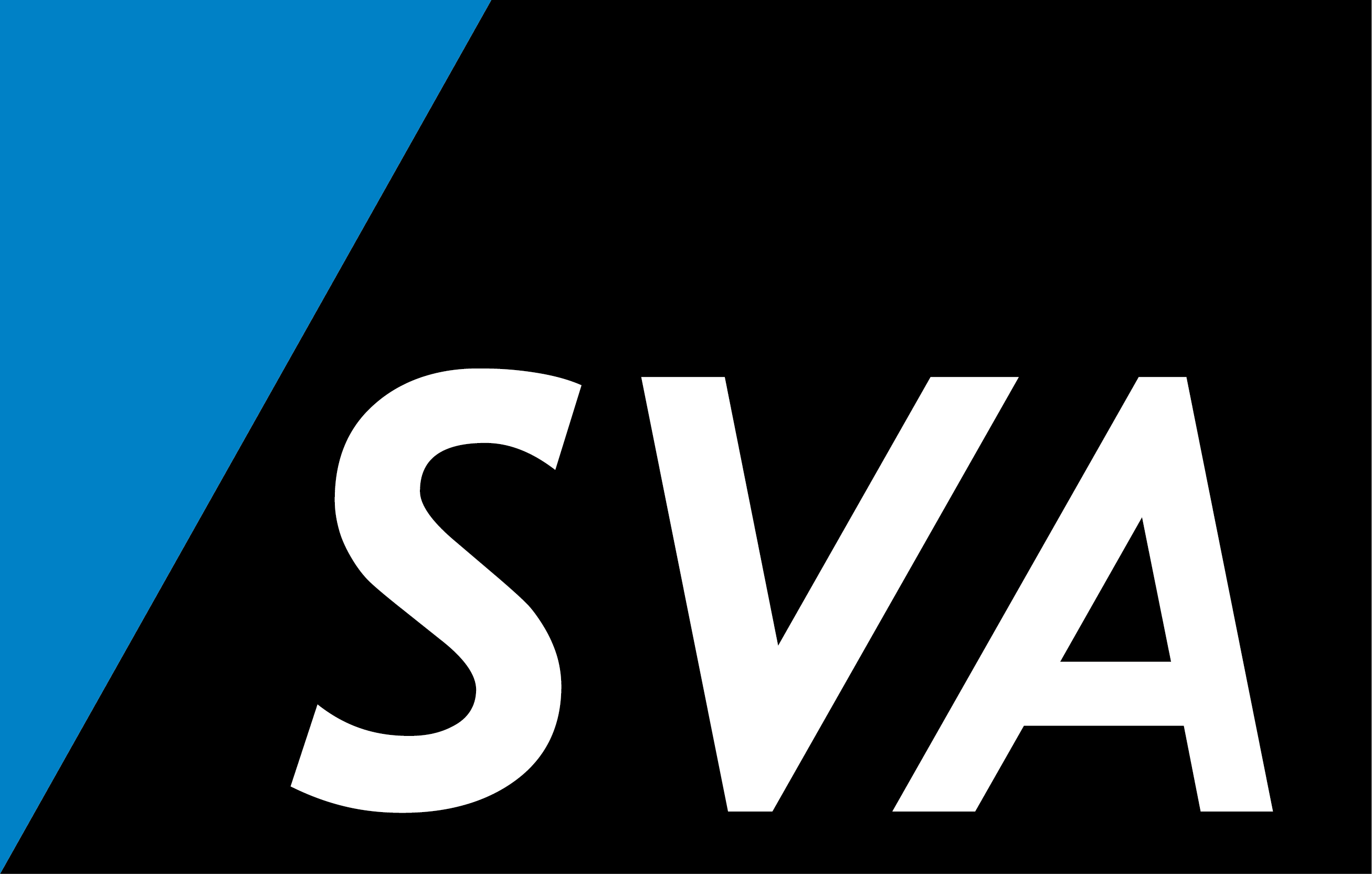Dell Networking for smart networking environments
What Is Dell Networking?
Dell Networking offers everything that service providers, software providers and public authorities need to send and receive data in a networked environment. This includes networking modules of all imaginable sizes, as well as software, tools, consulting and services for customers and network administrators. The portfolio also offers innovative ideas on digitalization, hardware design or the intelligent operation and management of data centers.
Hardware: Which Dell network devices are used?
Dell’s range of network devices meets the current IEEE standards and is among the most comprehensive of its class. It covers everything needed for the physical section of a network, from the tiniest SFP module and standardized GbE devices to the most powerful high-density power switches with transmission rates of up to 100 GbE and ports for up to 96 further devices. The sheer variety of port types, such as SFP, SFP+, PoE, PoE+ or QSFP+, offers incredible flexibility when connecting end devices.
Software: Which systems are available for administration, management and different environments?
The right software is just as important for a well-functioning Ethernet environment as hardware. Dell not only offers operating system software for managing switches and functions in various environments like edge, cloud or core, but also complex layer 2 and 3 management software for administering virtual or physical networks such as Open Networking and SmartFabric Director. The latter is used to construct and operate data center fabrics. Here, the physical underlay network and the virtual overlay network are integrated in a virtualized SDDC environment from VMware. Automated resource pooling and provision of additional services are further examples of functions that make life much easier for administrators.
Platform expertise: Which solutions for which challenges?
Things get really exciting when we look beyond the network devices: Networking with Dell is all about new networking concepts, revolutionary infrastructure architectures and groundbreaking changes.
Dell also responds to the demand for open networking, greater transmission volumes, AI and special security systems. In a constantly changing world, rethinking networking requires powerful ideas and expert consultation. For data center operators, for example, our experience has shown that managing software-based infrastructures with SmartFabric services is more interesting than relying on conventional solutions.
By contrast, industrial customers would be well advised to use an edge ecosystem for managing big data on the shop floor. Customers in the public sector, meanwhile, tend to focus more on managing threats to endpoints (endpoint security).

What are the benefits of Dell Networking?
Only a company like Dell, with its huge portfolio, strong local presence and decades of experience, is capable of responding to the diverse needs of businesses undergoing digital transformation.
Only a company like Dell, with its huge portfolio, strong local presence and decades of experience, is capable of responding to the diverse needs of businesses undergoing digital transformation.
Why Dell Networking with SVA?
As a Dell Titanium Partner, SVA has direct access to the entire networking portfolio. This partner status is only given to companies with strong digital expertise that meet the provider’s demanding requirements in all areas, from consulting to implementation.
Our continuous sales support and long list of successful projects in edge, core and cloud computing help us stand out from the competition. We were also made „Dell Shining Star Partner“ of the year in 2020, a true honor for extraordinary achievements.
Our customers rely on the expertise of countless certified consultants, our direct access to Dell developers and our wealth of experience from many successfully completed and award-winning projects. Thanks to our strategic partnership, we can respond individually to any requirements.
FAQs: Frequently asked questions about Dell Networking
Why use networking solutions from Dell Networking?
Years of experience, excellent value for money and a huge range of premium network solutions for data centers, core networks, campuses and edge networks are just some of the reasons why customers around the world use Dell products for their projects.
Dell offers hardware in the shape of conventional servers and switches in all sizes and configurations. In terms of software, Dell has created various open network solutions with VMware and network partners. Customers benefit from software-defined networking functions that automate task processing. The Open Network virtualization solution separates operating system and hardware to make networks more stable, flexible, scalable and cost-effective. The Dell portfolio is rounded off with highly automated SDN-capable Ethernet fabrics or storage systems with matrix architectures for high-availability systems and mainframes.
How does Dell Networking OS10 differ from Dell OS9?
The Dell EMC OS9 operating system was developed for high performance in the world’s largest and most demanding IT environments. This modular and expandable operating system features layer 2 and layer 3 services, as well as management and security functions. The new operating system, OS10, is based on Debian Linux and can be implemented on all Open Network Install Environment (ONIE) switches. As it runs in a Linux environment, network administrators can automate the network platform to a high degree and manage the switches in a similar way to Linux servers. The OS10 system has already proven itself in countless cases and offers the same range of functions as its predecessor OS9.
With SmartFabric OS10, Dell has made a giant leap toward an open platform – as have the likes of Microsoft, Facebook, Broadcom, Intel and Mellanox, which have joined this project. OS10 makes it possible to combine hardware from various providers. It combines the best of Linux, open computing and open networking to promote open networking disaggregation.
With just a single step to open standards, life for developers and designers around the world has become much easier.
How interoperable are Dell Networking and spanning tree?
The Spanning Tree Protocol (STP) from Cisco was incorporated into the IEEE standard 802.1D in 1990. It prevents parallel connections and loops between switches. Despite some drawbacks, the installation base of STP is still very large. As a result, network providers’ end-to-end solutions must integrate seamlessly into existing STP environments. This is often done using STP extensions such as RSTP (Rapid Spanning Tree, also known as 802.1w) or MST (Multiple Spanning Tree, also known as 802.1s).
The Dell Networking product portfolio is interoperable with STP. Dell has integrated a complete set of spanning tree functions in its solutions, allowing its products to be integrated into existing provisions. With a packet loss rate of less than 0.001%, Dell implementations offer outstanding performance and are highly available, with a switching time of less than 0.001 seconds in the event of a connection failure.
Any Questions?
If you would like to know more about this subject, I am happy to assist you.
Contact us


